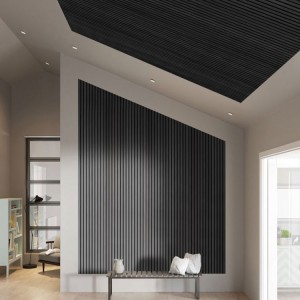Teak bark, derived from the teak tree (Tectona grandis), is a natural resource that has been utilized for various purposes for centuries. This unique material possesses a myriad of characteristics and advantages that make it highly sought after in the realms of traditional medicine, woodworking, and sustainable agriculture. In this blog, we will delve into the remarkable attributes of teak bark and explore the diverse benefits it offers.

Characteristics of Teak Bark
Teak bark is renowned for its rich composition of bioactive compounds, which contribute to its medicinal and therapeutic properties. The bark contains a high concentration of tannins, flavonoids, and other phytochemicals that exhibit antioxidant, anti-inflammatory, and antimicrobial effects. These bioactive constituents make teak bark a valuable resource in traditional medicine and herbal remedies.
Furthermore, the texture and durability of teak bark make it an ideal material for various applications. The bark is characterized by its fibrous and resilient nature, allowing it to withstand environmental elements and resist decay. This inherent strength and resilience make teak bark a favored choice for crafting durable textiles, ropes, and handicrafts.
Advantages of Teak Bark
1. Medicinal Uses: Teak bark has been traditionally used in Ayurvedic and traditional medicine systems for its therapeutic properties. The bioactive compounds present in the bark have been found to possess anti-diabetic, anti-inflammatory, and anti-microbial properties. Additionally, teak bark extracts have been studied for their potential in treating skin disorders, gastrointestinal ailments, and respiratory conditions.
2. Sustainable Agriculture: Teak bark is also valued for its role in sustainable agriculture practices. The bark contains natural insect-repelling properties, making it an effective organic alternative for pest control in agricultural settings. By utilizing teak bark as a natural insect deterrent, farmers can reduce their reliance on synthetic pesticides, thereby promoting environmentally-friendly farming practices.
3. Wood Preservation: Teak bark extracts are utilized in wood preservation applications due to their natural resistance to decay and insect infestation. The bioactive compounds in the bark act as natural preservatives, making it an eco-friendly option for protecting timber and wooden structures from deterioration. This sustainable approach to wood preservation aligns with the growing demand for environmentally-conscious construction and forestry practices.
4. Artisanal Crafts: The fibrous nature of teak bark lends itself to various artisanal crafts and traditional weaving techniques. Artisans and craftsmen utilize teak bark fibers to create intricately woven textiles, baskets, and decorative items. The natural strength and flexibility of teak bark fibers make them an ideal material for crafting durable and aesthetically pleasing products.
In conclusion, the characteristics and advantages of teak bark underscore its significance as a versatile and sustainable resource. From its medicinal properties to its role in sustainable agriculture and artisanal crafts, teak bark continues to be a valuable asset with diverse applications. As we strive towards embracing natural and eco-friendly solutions, the remarkable attributes of teak bark position it as a valuable resource with enduring benefits for various industries and communities.
Post time: Apr-01-2024








